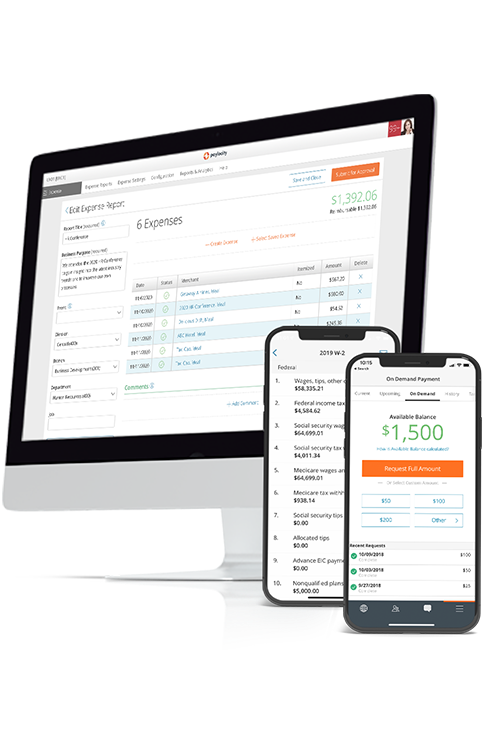Experience Rating System
Summary Definition: A ranking system representing how likely an employer is to generate insurance claims, such as unemployment or workers compensation.
What is an Experience Ranking System?
Experience rating systems are used by government agencies and insurance providers to calculate an employer’s tax rate or premiums based on that employer’s past claims and contributions. They’re most commonly used for State Unemployment Insurance (SUI) taxes and worker’s compensation insurance.
The purpose of these systems is to determine how likely it is an employer will make a claim in the future, and thus how risky of a client they will be for an insurance organization to provide coverage.
Generally, companies with lower or fewer claims will have a lower rating and therefore pay a lower rate, since they’re viewed as being less at risk of making claims in the future. Companies with higher or greater claims are a greater risk, so their premiums will be much higher.
Key Takeaways
- Experience rating systems are used to calculate an employer’s SUI taxes or worker compensation insurance premium.
- These gauge how costly it is to cover an organization based on how likely it is to create insurance claims.
Why are Experience Ratings Important?
Experience Rating Systems are important because they help guarantee fairness and accuracy in the insurance industry. They’re a crucial component when calculating how much an employer’s insurance rates will be, which in turn impacts the employer’s operational costs and profitability.
For state governments, this is equally important as an employer’s experience rating impacts how much that employer will contribute to the state’s unemployment program(s). Employers who experience higher levels of turnover or terminations are, predictably, given a higher rating and assigned a higher SUI tax rate.
What is an Experience Modification Factor?
An Experience Modification Factor (EMF) is a multiplier used to adjust the premiums or rates an employer must pay based on their overall experience rating. It’s created by comparing the employer’s claims experience with the expected claim rates of other organizations in the same industry and expressing that comparison as a percentage equal to, greater than, or less than 1.0.
For example, organizations with a factor of 1.0 experience an average amount of claims, while those with factors above or below 1.0 experience higher or lower amounts.
EMFs are updated annually and, similar to an employer’s overall rating, the specific steps to calculate EMFs vary by state. However, those calculations can include:
- The number of claims filed by an employer
- The severity of the claims the employer filed
- The industry in which the employer operates
- The size of the employer’s payroll
The logic behind them is to further reward organizations with better workplace safety practices and incentivize competing organizations to do the same. Not only does a lower EMF lower the employer’s overall premiums, it also represents the organization’s commitment to safety and lower operating costs.
How to Calculate an Experience Rating
The specific steps for calculating an employer’s rating vary by state, but a simplified version of the calculation would be the actual claims divided by the expected claims, then multiplied by the base tax rate. This calculation determines the employer’s actual unemployment tax rate.
Experience Rating System Calculation
([Actual Claims] ÷ [Expected Claims] = EMF) × Base Tax Rate = Actual Tax Rate
For example, suppose Employer A saw turnover from the prior year that caused $125,000 in unemployment claims to the state. The expected amount in claims for that industry, however, is only $100,000. That means Employer A’s EMF would be 1.25 (125,000 ÷ 100,000) which is slightly above average. Since the base unemployment tax rate in Employer A’s state is 3.00%, that would make Employer A’s actual unemployment tax rate 3.75% (3.00 × 1.25).

